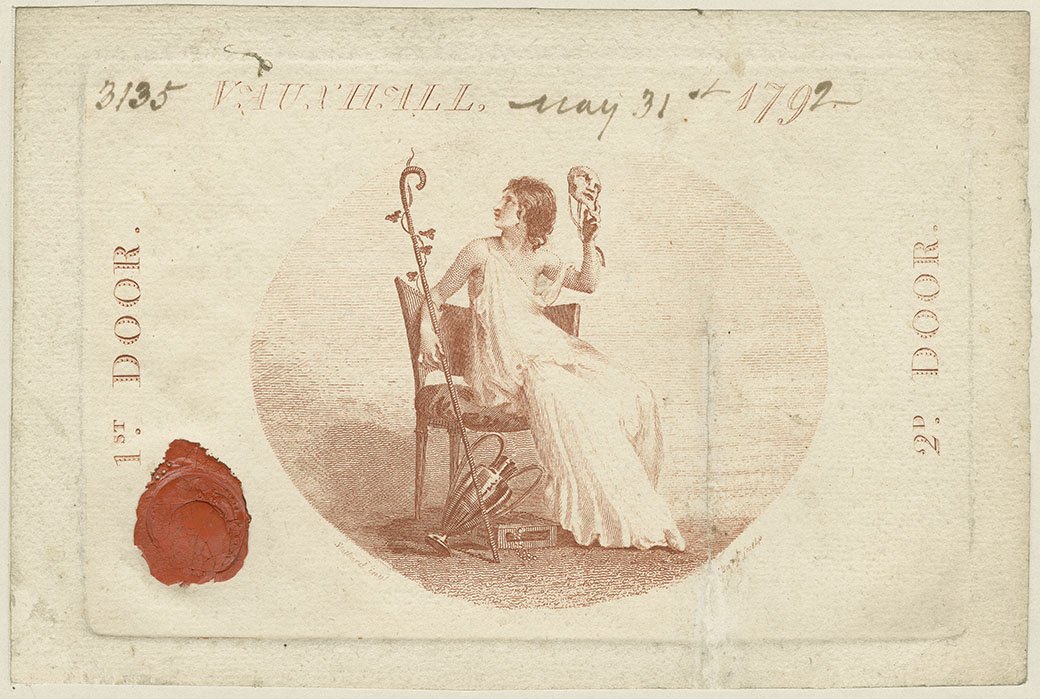If you’re down in London this Christmas season, don’t forget to spend some time at the Foundling Museum, where they have a wonderful exhibition – a how-to-guide to going to a show in eighteenth century Britain.
Displayed throughout the whole Museum, this interactive exhibition delves into the mechanics of theatre and concert going in eighteenth and nineteenth century Britain. With more than 100 objects on display, discover the surprising similarities and astonishing differences between theatre and festival-going then and now, including advertising, ticket sales, audience behaviour and dress code.
Going to a show flourished as a popular pastime in the eighteenth century and as a result the entertainment industry saw rapid expansion: many theatres were built and music festivals began in both London and the provinces. These growing forms of entertainment contributed to the vast range of audience experiences we know today.
Enjoy a fascinating glimpse of behind-the-scenes roles, from theatre managers, set designers and scenery-painters, to the refreshment sellers and ticket collectors. Learn how leading artists of the day, including Hogarth, Hayman and Lambert, crossed over into the world of show business as set designers and scenery painters.
Two Last Nights! explores key venues in London and the provinces, from the theatres of Drury Lane, Covent Garden and Richmond, to the Vauxhall Pleasure Gardens and the Foundling Hospital Chapel, as well as the provincial music festivals of other major cities in Britain.
The exhibition is divided into four sections.
Georgian Theatre
Highlights in this section include caricatures and drawings of Georgian audience members, who came to see and be seen. Original advertising, programmes and tickets are displayed alongside information about how Georgian audiences purchased tickets and detail the development of the modern-day ‘box office’.
Vauxhall Pleasure Gardens
An important highlight of the exhibition is an original eighteenth-century supper box painting, Devil to Pay, by Francis Hayman (1708-1776) which depicts the famous actress Kitty Clive.

Foundling Museum Chapel
Two Last Nights! reveals the importance of the Foundling Hospital Chapel as a music venue in Georgian Britain. George Frideric Handel was a fervent supporter of the Foundling Hospital and from 1749 he gave an annual benefit concert, raising thousands of pounds for the Hospital.
Music Festivals
Visitors can discover how performers capitalised on the summer season and logistical complexities of staging a music festival, including the transport of staging, singers and instruments between venues, travelling only by horse and cart.
The exhibition has already received rave reviews from the Evening Standard. Included in the Museum entrance price, it’s well worth a visit away from the bustle of the festive shops.
Two Last Nights! is supported by the Gerald Coke Handel Foundation, the Two Last Nights! Supporters’ Circle and The 1739 Club.
Katharine Hogg, Gerald Coke Handel Collection, The Foundling Museum